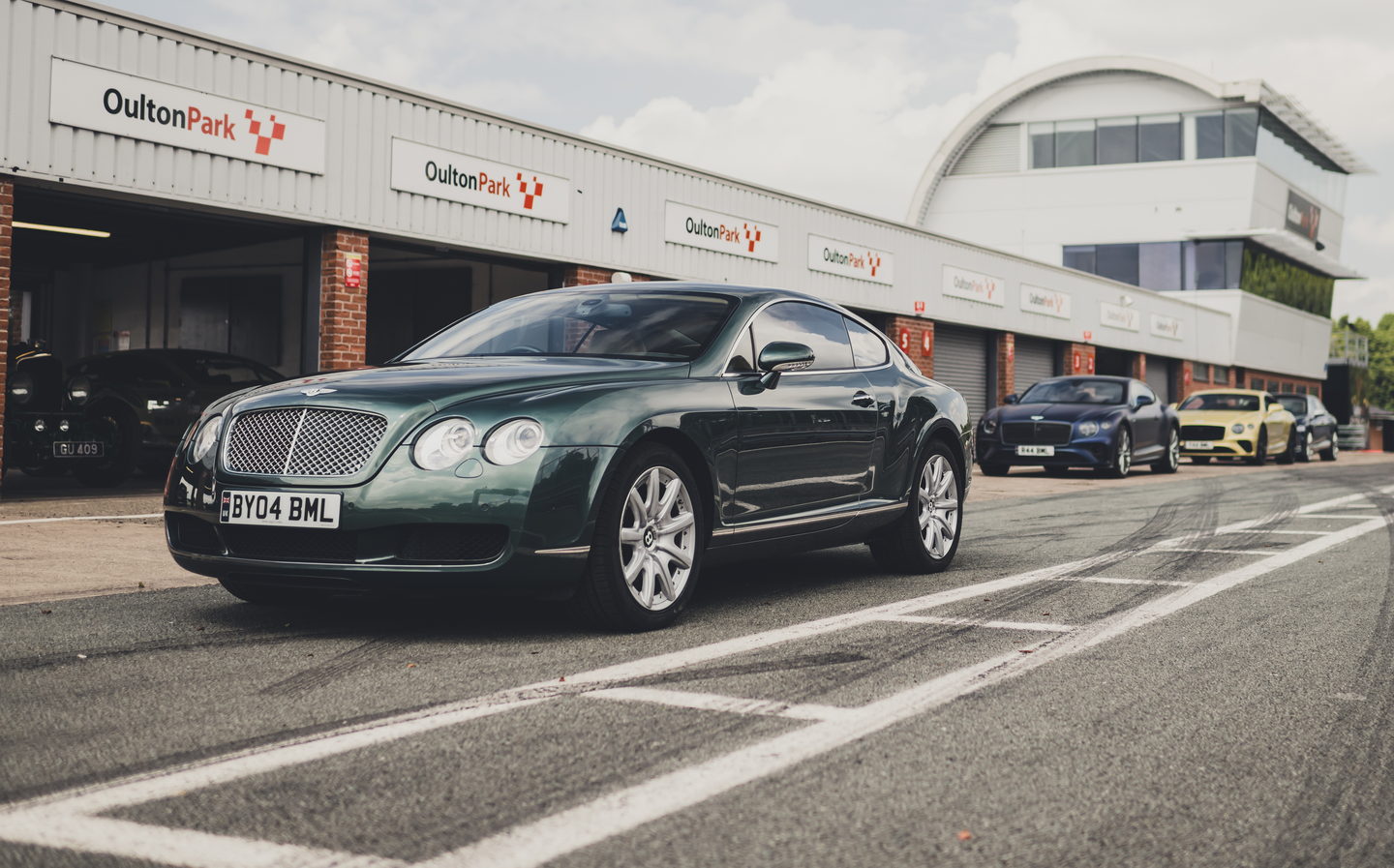Bidding Bentley’s 6-litre W12 engine goodbye in the only way we know how — thrashing it around a race circuit
Drying our eyes after a truly memorable farewell at Oulton Park
It perhaps seems a little odd, or even questionable, to be lamenting the demise of a colossal, fuel-guzzling petrol engine, one designed for the sort of super-luxury vehicles only available to the high-net-worth individuals of the world. Especially when we’re living through a time riven by crises relating to both the spiralling cost of living and worsening climate change.
Yet we’re in an automotive age where end-of-an-era milestones are cropping up almost on a weekly basis. And here’s another one to get us car enthusiasts a little misty-eyed: Bentley has said it will stop making its totemic W12 engine this year.
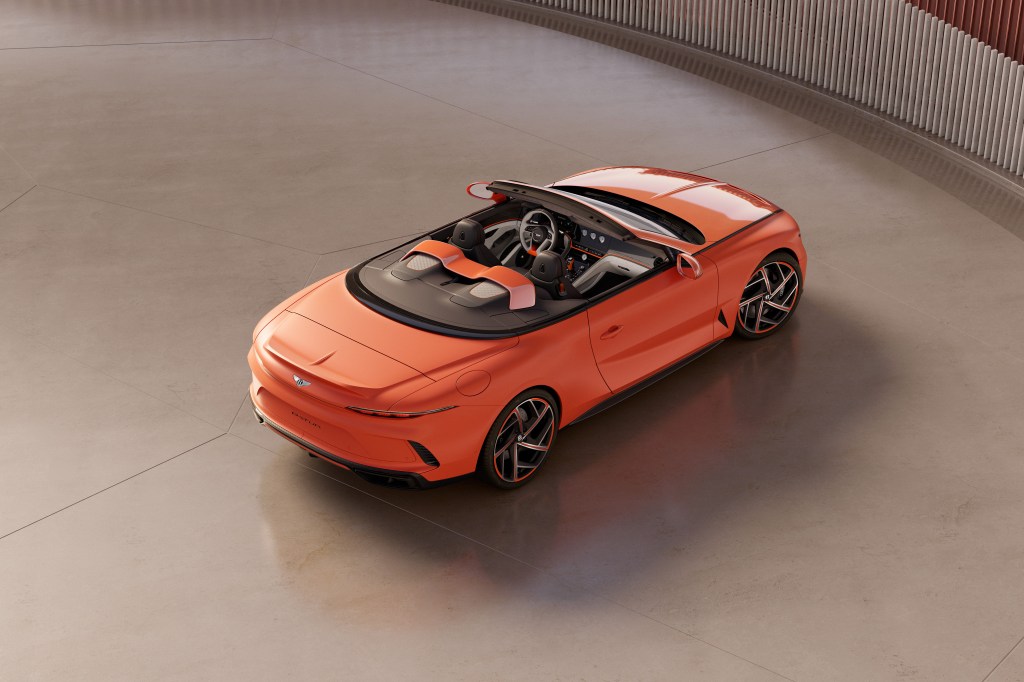
In fact, the tense is wrong there. Production of the W12 at the “Dream Factory” actually ceased in April, although there are still some engines to be released into the wild in customer cars, most notably in the forthcoming Batur Convertible — of which just 16 will be sold worldwide.
It is in the ultra-limited Batur models (there was a Coupé before the open-top, and there were just 18 of those available… at £2 million apiece) where the W12 reached its apogee.
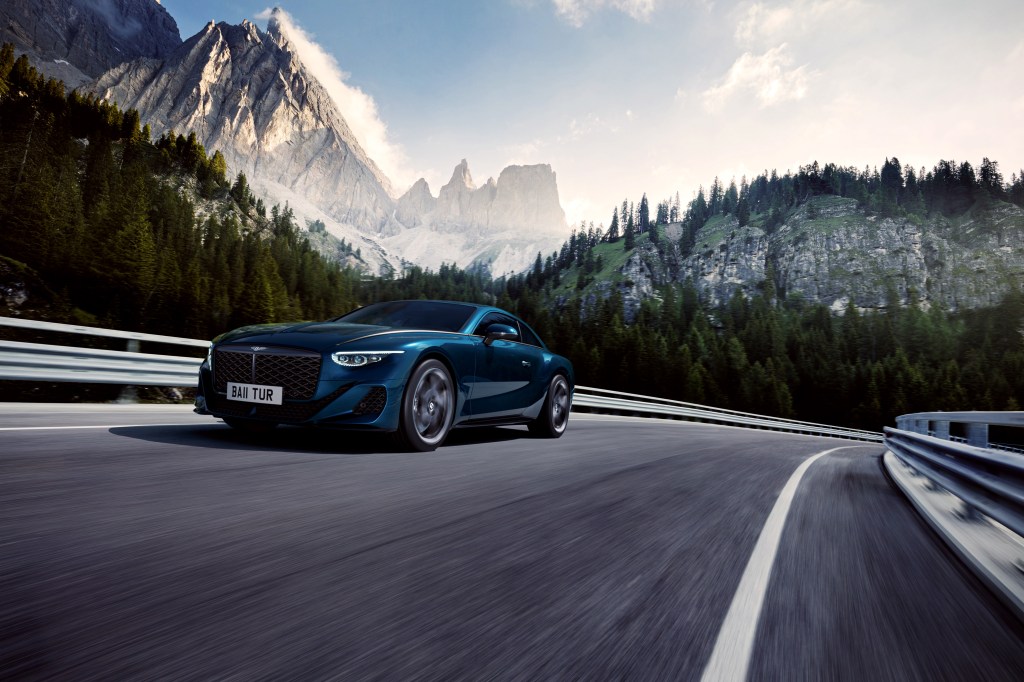
In it, the 6-litre, twin-turbo unit delivered its maximum outputs of 740bhp and 738lb ft of torque (twisting force). In plain language, it simply suffices to say that those numbers are “a lot”.
Of course, like any manufacturer, Bentley must move with the times, and it has designs on becoming a company with a fully zero-emission range by the start of the next decade.
Quite a transition to make for a marque which mainly uses V8 and 12-cylinder petrol engines as its primary forms of propulsion, although sales of the plug-in hybrid (PHEV) Bentayga SUV and Flying Spur limousine models are currently going great guns.

That electrified powertrain, based on a Porsche-derived V6 engine, will be joined next year by a hybrid-boosted V8 as Bentley’s transition to fully electric gathers pace. It’s why the Crewe-based concern said the decision to kill off the W12 was one “strategic to Bentley becoming a leader in sustainable luxury mobility”.
But still, with all the considerations and ramifications of running a 6-litre petrol engine that frequently struggles to breach 20mpg and which also emits much more than 300g/km of CO2, it’s indubitably sad to see it go.
Not least because, after more than 105,000 examples of it were hand-built there — each one taking more than six-and-a-half hours with the careful attentions of a team of craftspeople — it will mark the end of all engine production for Bentley in the UK. From this point on, its part-electric PHEV drivetrains will come from Europe.
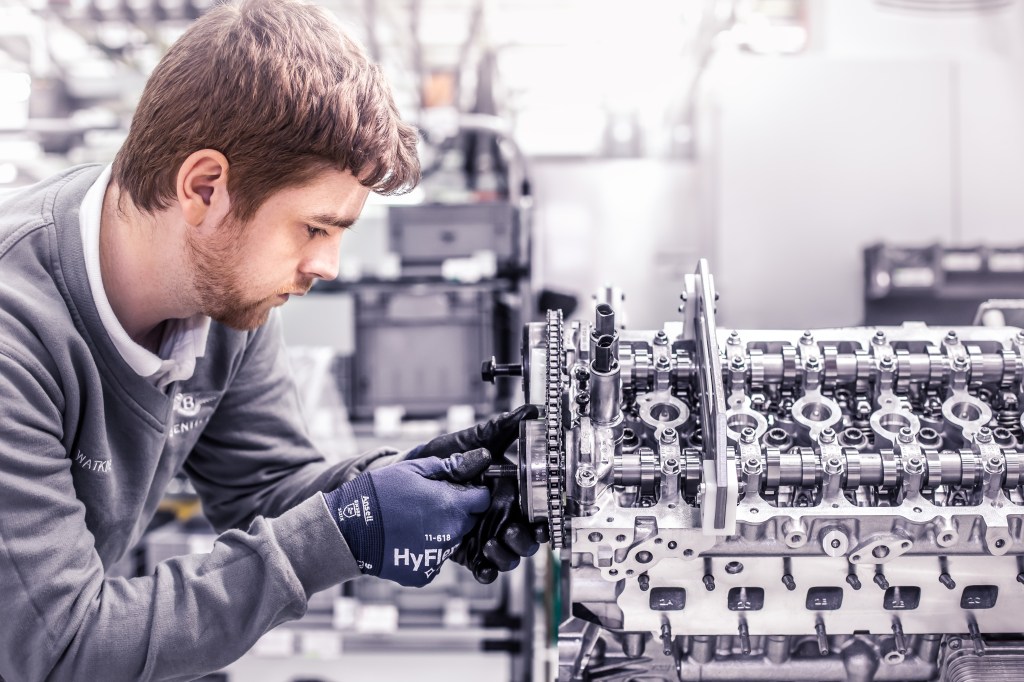
Still, it was a short yet sweet and indeed glittering era for the W12, so named because it is essentially a pair of V6 engines, running off a common crankshaft and aligned so the pistons look like a capital ‘W’ when viewed from the end of the engine.
The advantage of this arrangement is that you get all the rich power and torque of a 12-cylinder engine, only in a much more compact format than if you were to assemble the pistons in a more conventional ‘V’ configuration of two banks of six.
Indeed, as the W12 began life as a Volkswagen engine in 2001 — whereupon it found its way into several Audi and VW models, before it eventually became Bentley’s signature motor when it was turbocharged in 2003 — the 6-litre was originally said to be physically smaller in certain dimensions than the 4.2-litre V8 that was also used by the wider Volkswagen Group.
As we’ve said, the particular characteristics and performance offered up by a 6-litre, twin-turbo W12 always seemed like a natural bedfellow for Bentley out of all the marques in the VW family, and so it is fitting that the British brand gets to say the official goodbye to the unit.
It has done this in a number of ways this year, not least in announcing the Batur Convertible, but for our fondest of farewells, we were invited up to the company’s Cheshire homeland to sample the W12 as a “new” engine for one last time.
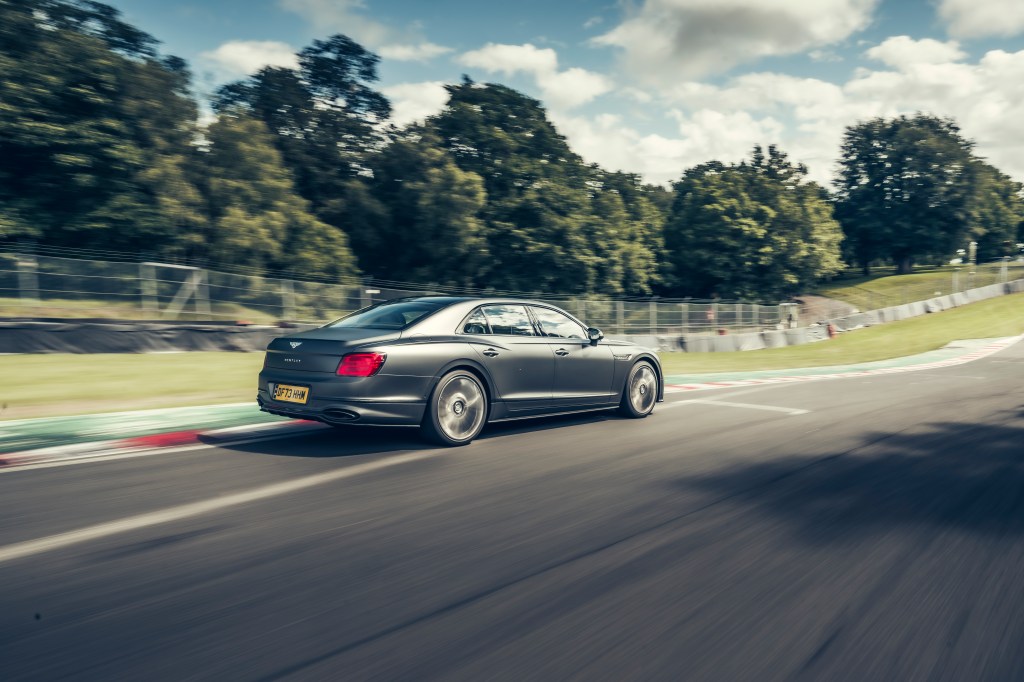
To do this, we were offered the chance to drive both a Flying Spur saloon and a Continental GT Speed around Oulton Park, a favoured venue of the British Touring Car Championship over the years and the closest race circuit to the Crewe headquarters of Bentley.
There’s something almost delightfully mischievous about taking to one of the UK’s most challenging and technical racetracks in a 2.4-tonne four-door with massaging chairs, opulent leather and wood interior trimmings, and the sort of remit that normally sees it wafting along in chauffeur-driven dignity.
Yet the monumental, effortless power of that W12 cannot be denied, especially as the big Flying Spur can hurtle out of the long downhill left-hander at Cascades and hit 110mph by the time it is approaching Island.
It’s at this point, as you’re attempting to wrestle what amounts to a moving country house down to acceptable cornering speeds, that you appreciate just what an engine the W12 is.
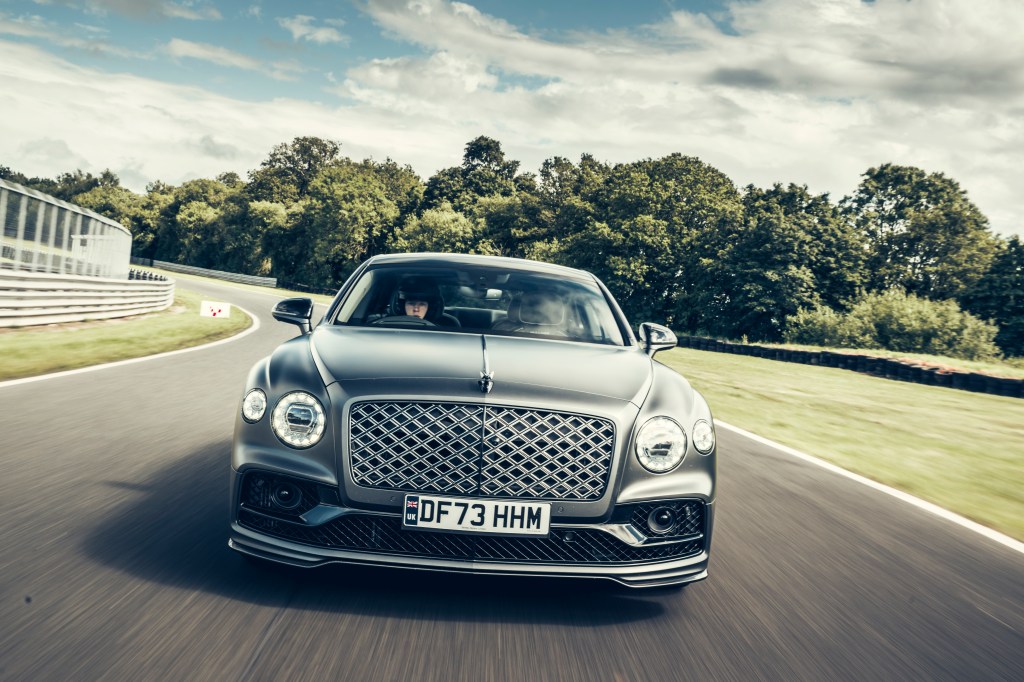
It might not have the vocality of the 4-litre V8 used in other Bentleys (which, incidentally, is also due for retirement any day now in all of the company’s model lines except for the Bentayga), but the ridiculous, breath-taking mid-range muscle it has can only be experienced to be believed.
If anything, though, what this surging accumulation of immense speed shows is that electrification will suit Bentley right down to the ground.
Electric motors are known for their instant torque, the key characteristic of any powertrain if you want outrageous acceleration, while the near-silent running capabilities of a zero-emission system will only augment the luxurious, cosseting nature of a Bentley’s ride and refinement.
So, it’s perhaps not such a big deal that the W12 is on the way out. Although, after the divine madness of hustling the 6-litre Flying Spur around Oulton, this mighty powerplant tugs even harder at your heartstrings when it’s installed in the Continental GT Speed.
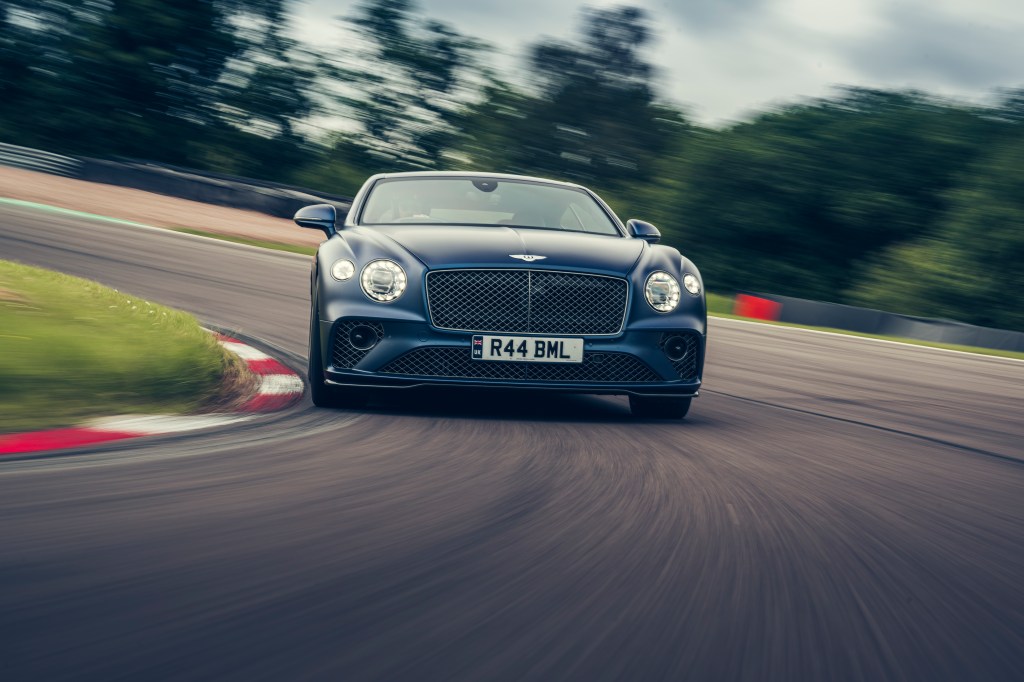
That latter honorific indicates this is a Bentley with a honed focus on dynamics, and as such any Bentley Speed has more power than your common or garden W12. We’re talking 650bhp in this coupé, rather than a “mere” 626bhp in the Spur.
It also helps that this two-door, sporty grand tourer is a good 200kg or so trimmer than the Flying Spur, although when you’re talking about a 2.25-tonne machine overall then even the GT Speed isn’t exactly the obvious choice for a committed track-day enthusiast.
That said, there’s a greater intensity about the way the Continental GT Speed foreshortens Oulton’s straights — it’s hitting 120mph at Island, a significant 10mph faster than the Spur — and a little more dramatic thunder to its exhaust note as it hammers round the Cheshire venue.
Once we’re back in the pits, more celebrations for the W12’s retirement are provided, although one of these includes going for a one-lap passenger ride in an absolutely glorious Bentley Speed Six from the late 1920s.
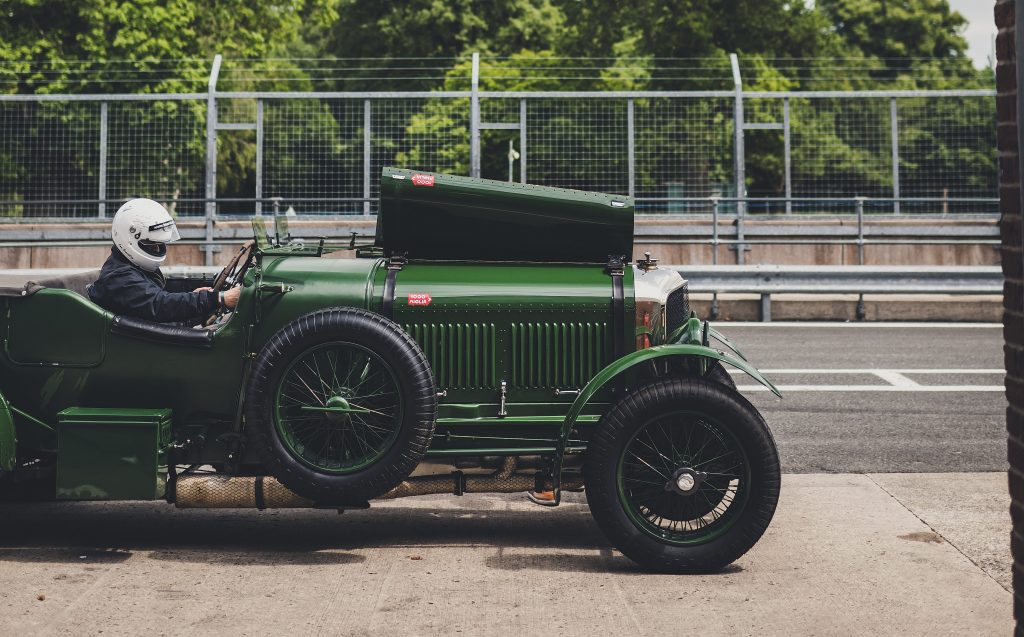
Naturally, this machine doesn’t have a W12 of any sort, given it predates the engine by the small matter of about 75 years, although it does show that the company has long had an association with grand, splendiferous machines powered by phenomenally large engines for many decades now – and will continue to do so as it enters the next era. It’s just that the ‘engines’ in question will be electric motors, is all.
There’s also an opportunity to drive a somewhat less frenetic lap of Oulton Park in an early Continental GT fitted with a W12.
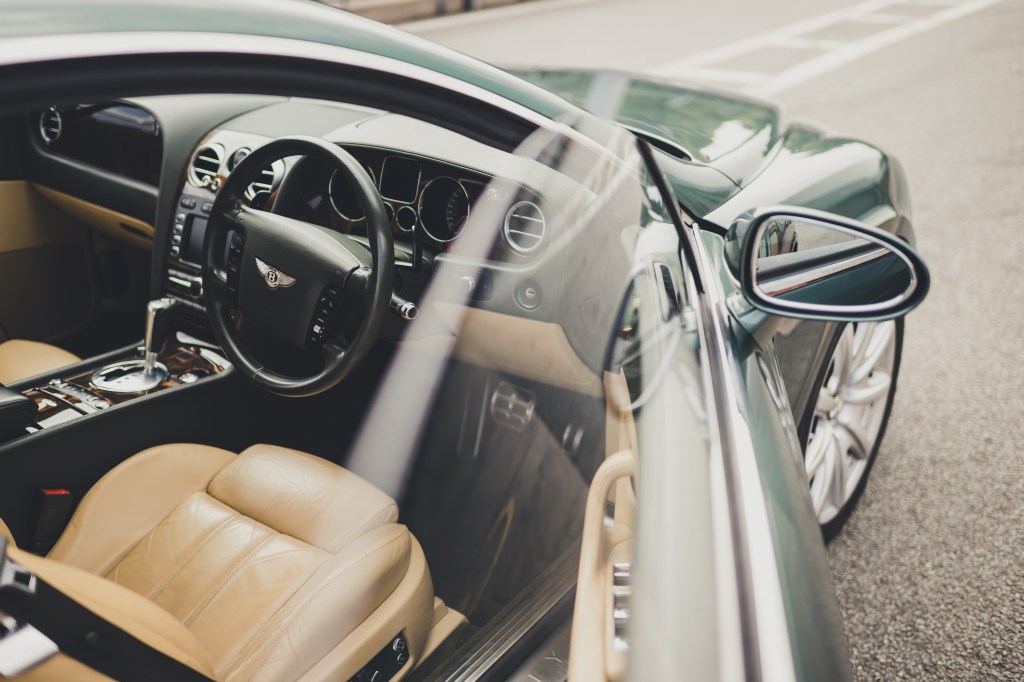
This beautiful 2004 survivor, resplendent in Spruce Green and showing only 35,000 miles on the clock, demonstrates just how far the 6-litre engine has come in its two decades on sale, as power and torque have increased by 37 and 54 per cent respectively across the course of the powerplant’s life.
Yet, while obviously treating the 20-year-old Continental GT a little more gently than the ultra-modern Flying Spur and GT Speed cars earlier in the day, that familiar trademark shove of the W12 is still present.

Equipped with a more ponderous six-speed transmission, rather than the super-slick eight-speed unit in the 2024 cars, it’s obvious this older Continental wants to hold onto gears a lot longer than its successors do.
But that only serves to enhance the strength of the W12, which propels this car along with an almost indecent urge. It still feels quick 20 years down the line; it must have felt earth-shatteringly tremendous when it was new, and there were few other cars in the world that could even come close to matching it for torque.
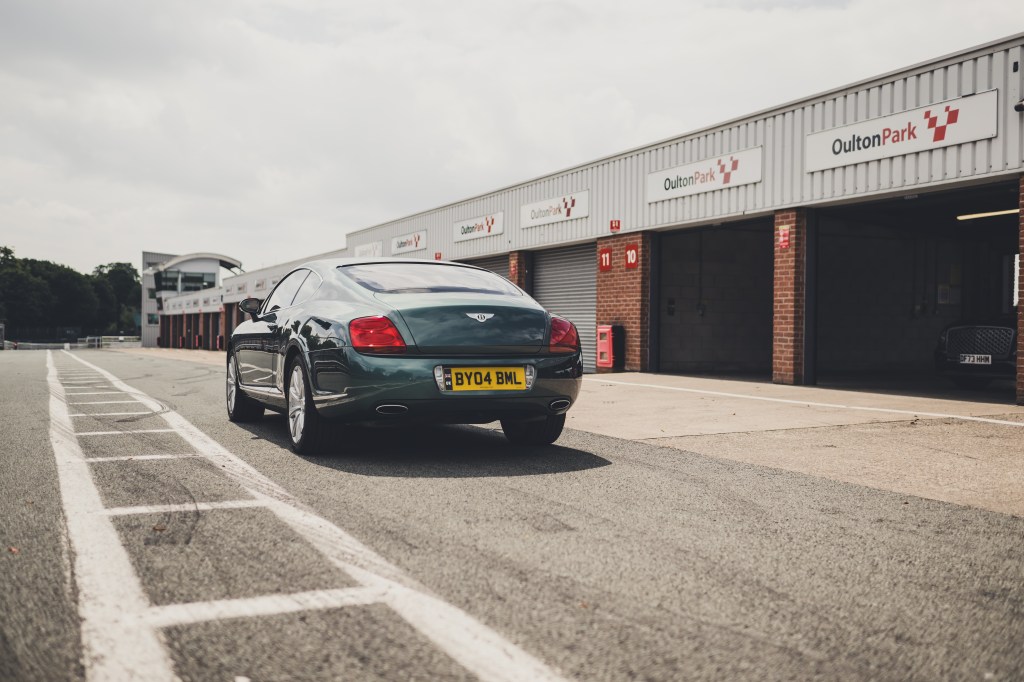
Sadly, as the day of fun at Oulton Park drew to a close I was struck by the stark reality that the W12’s time as an extant motor is also at an end. Emissions have done for the big petrol engine, because while they have been reduced by 25 per cent during the W12’s lifespan — with techniques including cylinder deactivation, where the W12 can run on half of its pistons to save fuel if driving conditions allow — they’re still way too much for our ecologically conscious age to be able to ignore.
Nevertheless, it’s definitely an engine that deserves to go in noisy celebration into the night, rather than slipping away quietly and meekly.
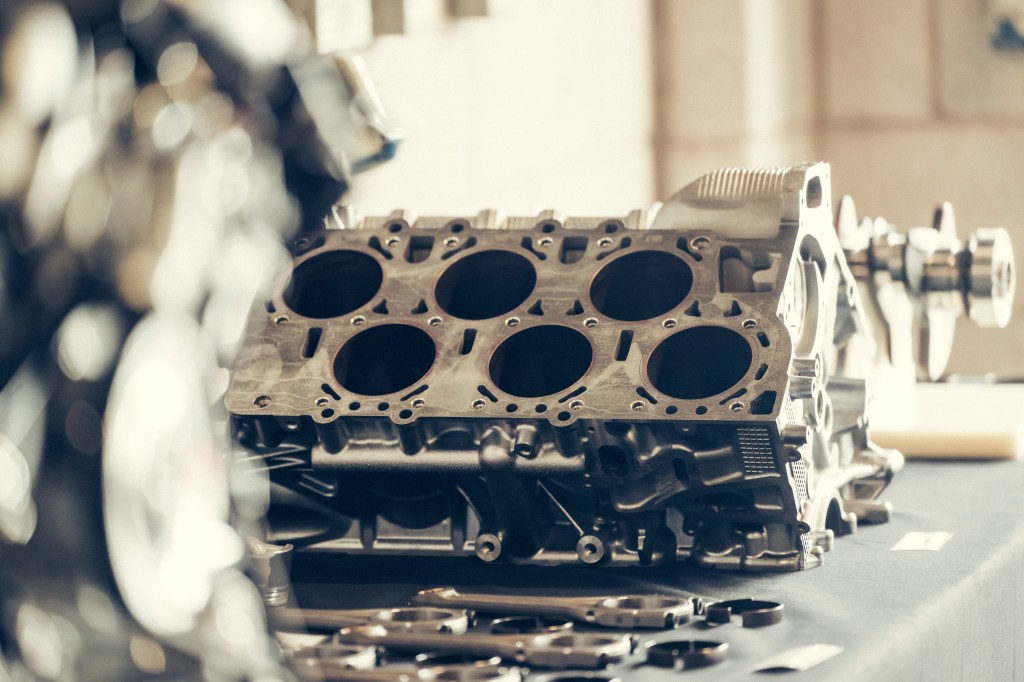
Majestic, cultured, brawny and phenomenally profligate in equal measure, it has been an honour driving the W12 in its various beguiling incarnations over the years. Yet it’s also clear to see that its time is most emphatically up.
But in a 23-year service life — 21 of which it have been inextricably wedded to Bentley — it is also evident that the W12 has set a clear template of what a powerplant for this marque ought to be. And it is that template to which Bentley must now adapt electric propulsion. The power delivery methods of an EV do, as we’ve already said, suit this company’s ethos down to the ground, so there’s reason to dry our eyes.
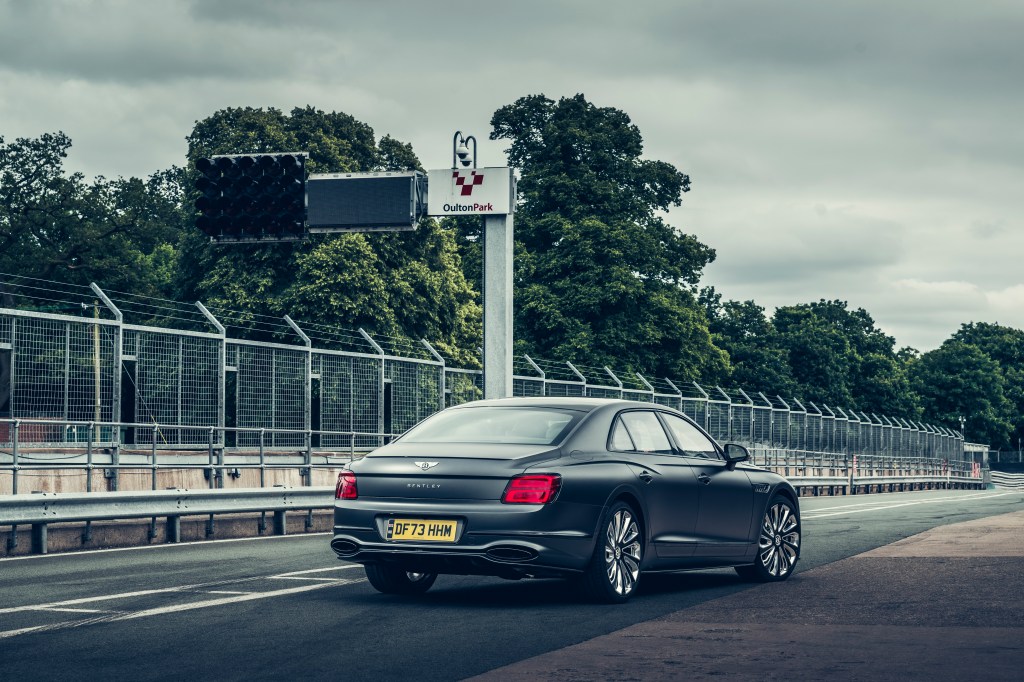
Goodbye, W12; it really has been an utter pleasure getting to know you. Oh, and thrashing a Flying Spur 6-litre around Oulton Park will probably rank as one of our all-time driving highlights forever more. One wonders if only a large-capacity petrol engine such as the magnificent W12 can truly deliver such heady, defining memories.
Related articles
- If you enjoyed our farewell to the Bentley W12 engine, you might find it entertaining to read about Clarkson bringing a Bentley on holiday
- You might also be interested in knowing more about the Bentley Bentayga Hybrid
- Or read our review of the Bentley Bentayga EWB
Latest articles
- Lewis Hamilton wants to design a modern day Ferrari F40 with manual gearbox
- Dacia Bigster 2025 review: The ‘anti-premium’ family SUV that punches above its weight
- Your car’s worn tyres could be being burnt illegally in India, investigation reveals
- Open-top 214mph Aston Martin Vanquish Volante is world’s fastest blow-dry
- F1 2025 calendar and race reports: The new Formula One season as it happens
- Alfa Romeo Junior Ibrida 2025 review: Hybrid power adds an extra string to crossover’s bow
- Top 10 longest-range electric cars: all with over 400 miles per charge (officially)
- Renault 5 Turbo 3E ‘mini supercar’ confirmed with rear in-wheel motors producing 533bhp … and insane levels of torque
- British firm Longbow reveals ‘featherweight’ electric sports cars with 275-mile range


